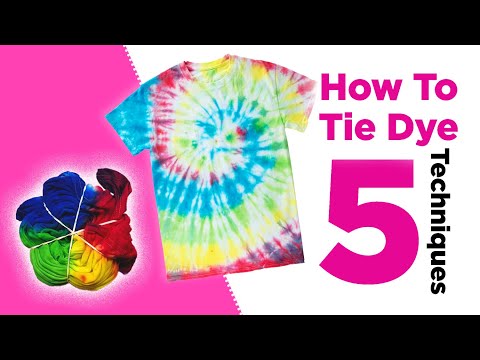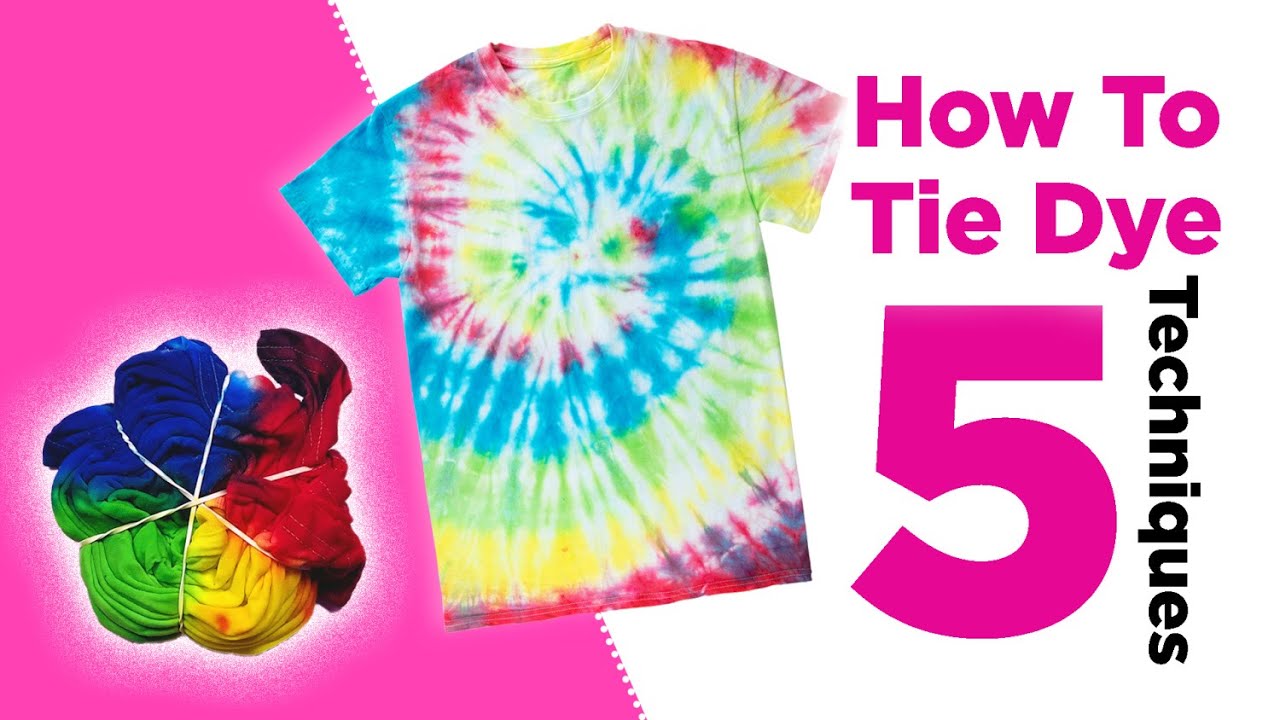Tie dye fabric has captured the essence of vibrant self-expression for generations, and its timeless appeal continues to captivate fashion enthusiasts worldwide. Delve into a world of kaleidoscopic wonders with stunning colors, intricate patterns, and unparalleled uniqueness. This fabric embodies the spirit of individuality, allowing you to stand out from the crowd in the most mesmerizing way. Each piece is a work of art, painstakingly hand-dyed with love and care, ensuring that no two garments are ever the same. The rich palette of hues, ranging from bold and vivid to soft and pastel, offers endless possibilities for creative exploration. Whether you're looking to create head-turning fashion statements or add a touch of bohemian flair to your home decor, tie dye fabric seamlessly merges style and versatility. It effortlessly lends itself to various applications, including clothing, accessories, and even upholstery. Embrace the whimsical charm and free-spirited energy that tie dye fabric embodies, and let your imagination run wild. Discover the magic that lies within each swirl and burst of color, and unlock the power of self-expression through this captivating fabric.

The Art of Tie Dye Fabric
Tie dye fabric has been around for centuries, captivating people with its vibrant colors and unique patterns. This ancient art form is a technique that involves twisting, folding, and crumpling fabric, and then binding it with strings or rubber bands before applying dye. The result is a stunning and one-of-a-kind piece of fabric that can be used for a variety of purposes.
The History of Tie Dye
Tie dye is believed to have originated in ancient China, Japan, and India, where it was used to create beautiful patterns on silk garments. The technique then spread to other parts of the world, including Africa and South America, where it became an integral part of their cultural heritage. In the 1960s, tie dye gained popularity in the United States during the counterculture movement, becoming a symbol of peace, love, and self-expression.
The Materials Needed
To create your own tie dye fabric, you will need a few essential materials. First and foremost, you will need a plain white fabric made of natural fibers such as cotton or silk. Synthetic fabrics do not absorb the dye as well as natural ones. Additionally, you will need fabric dye in various colors, rubber bands or string for binding, plastic squeeze bottles or spray bottles to apply the dye, and protective gloves to prevent staining your hands.
The Techniques of Tie Dyeing
There are several techniques used in tie dyeing, each resulting in a distinct pattern. The most common techniques include:
1. Spiral Technique:
The spiral technique involves twisting the fabric from one corner and then wrapping it around a central point. This creates a spiral pattern that radiates from the center. By applying different colors to different sections of the fabric, you can create a stunning multicolored design.
2. Accordion Technique:
The accordion technique involves folding the fabric back and forth, like an accordion. Once folded, you can add rubber bands along the length of the fabric to create sections. By applying dye to each section, you can achieve a striped or color-blocked effect.
3. Crinkle Technique:
The crinkle technique involves crumpling the fabric into a ball or bunching it up and securing it with rubber bands. This creates a textured effect on the fabric. By applying dye to the bunched-up sections, you can achieve a mottled or marbled pattern.
Caring for Tie Dye Fabric
Once you have created your tie dye fabric, it is essential to take proper care of it to ensure its longevity. Here are a few tips:
1. Wash Separately: When washing your tie dye fabric for the first few times, it is best to wash it separately to prevent any dye bleeding onto other clothes.
2. Use Cold Water: Always wash tie dye fabric in cold water to prevent the colors from fading or bleeding.
3. Air Dry: Instead of using a dryer, air dry your tie dye fabric to preserve its vibrant colors and prevent any shrinking.
Using Tie Dye Fabric
Tie dye fabric can be used in a variety of creative ways:
1. Clothing: Use tie dye fabric to create unique and colorful clothing items such as t-shirts, dresses, skirts, or even accessories like headbands and scarves.
2. Home Decor: Incorporate tie dye fabric into your home decor by making throw pillows, curtains, tablecloths, or wall hangings. It adds a vibrant and bohemian touch to any space.
3. Crafts: Tie dye fabric can be used for various craft projects such as tote bags, quilts, or even as a base for embroidery or fabric painting.
Tie dye fabric is not only a beautiful form of art but also a means of self-expression. With its rich history and versatile nature, tie dye fabric continues to inspire creativity and bring joy to people of all ages. So, why not give it a try and create your own stunning piece of tie dye fabric?
5 Easy Techniques to Master Tie-Dye at Home Like a Pro
Video Source : TulipColorCrafts
Tye Dye Fabric
Tye Dye Fabric
Tye dye fabric is a vibrant and unique textile that has been popular for decades. Its eye-catching patterns and bold colors make it a favorite among fashion enthusiasts and creative individuals alike.
| Pattern | Color Palette | Symbolism |
|---|---|---|
| Spiral | Various bright colors | The spiral pattern represents the cycle of life and eternity. It is often associated with harmony and balance. |
| Bullseye | Contrasting colors | The bullseye pattern symbolizes focus and clarity. It is believed to bring luck and positive energy to the wearer. |
| Stripes | Vertical or horizontal gradients | Stripes in tye dye fabric represent movement and progress. They can evoke a sense of energy and dynamism. |
| Heart | Red and pink shades | The heart pattern signifies love and affection. It is often used in tye dye fabric for romantic or sentimental purposes. |
Tye dye fabric is created using a resist-dyeing technique, where certain sections of the fabric are bound to prevent the dye from reaching them. This results in the characteristic patterns and color variations that make tye dye fabric so visually appealing.
Traditionally, tye dye fabric was made using natural dyes extracted from plants, roots, and flowers. However, modern techniques have introduced synthetic dyes that offer a wider range of colors and longer-lasting vibrancy.
Due to its popularity, tye dye fabric has found its way into various fashion styles, including bohemian, hippie, and even high fashion. It is commonly used to create garments such as t-shirts, dresses, and accessories, but its versatility extends to home decor items like curtains, tapestries, and pillow covers.
When caring for tye dye fabric, it is important to wash it separately or with similar colors to avoid color bleeding. Hand-washing is recommended to preserve the fabric's vibrancy and prevent damage.
Whether you're looking to make a bold fashion statement or add a touch of creativity to your living space, tye dye fabric offers endless possibilities. Embrace the vibrant world of tye dye and let your imagination run wild!

